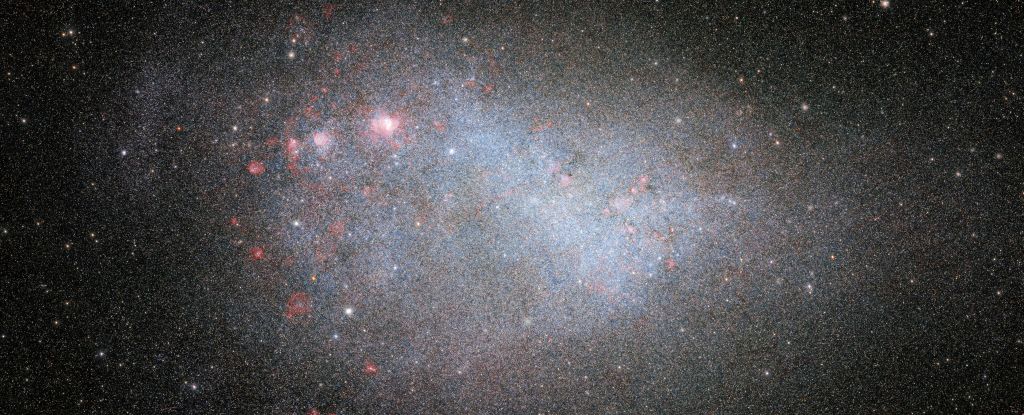Astronomers have unveiled a surprising discovery about the Small Magellanic Cloud (SMC), a dwarf galaxy long thought to be a single entity orbiting the Milky Way. New research led by Claire Murray of the Space Telescope Science Institute indicates that the SMC is actually composed of two separate stellar populations, not one. This revelation came to light through the analysis of data from the Gaia survey and the Australian Square Kilometer Array Pathfinder, which showed that these two groups of stars are positioned along our line of sight, with one lying about 16,000 light-years behind the other.
The closer cluster of stars is approximately 199,000 light-years from Earth, while the more distant one is around 215,000 light-years away. Each population possesses distinct interstellar gas signatures and stellar movements. This finding aligns with previous suspicions raised since the 1980s, where the dynamics and gas environment of the SMC hinted at the presence of more than one star group. Prior theories suggested that the SMC’s peculiar structure might be due to gravitational disruptions from its interaction with the Large Magellanic Cloud (LMC), its larger companion galaxy.
The SMC, visible from the southern hemisphere and observed by Indigenous astronomers for millennia, is slowly being absorbed by the Milky Way—a common process in galactic growth. This new understanding of the SMC’s dual nature provides a clearer view of the complex interactions between neighboring galaxies and the Milky Way. The research, offering the most compelling evidence yet of the SMC’s structure, has been accepted for publication in The Astrophysical Journal and is available on arXiv.
Read more at ScienceAlert…
